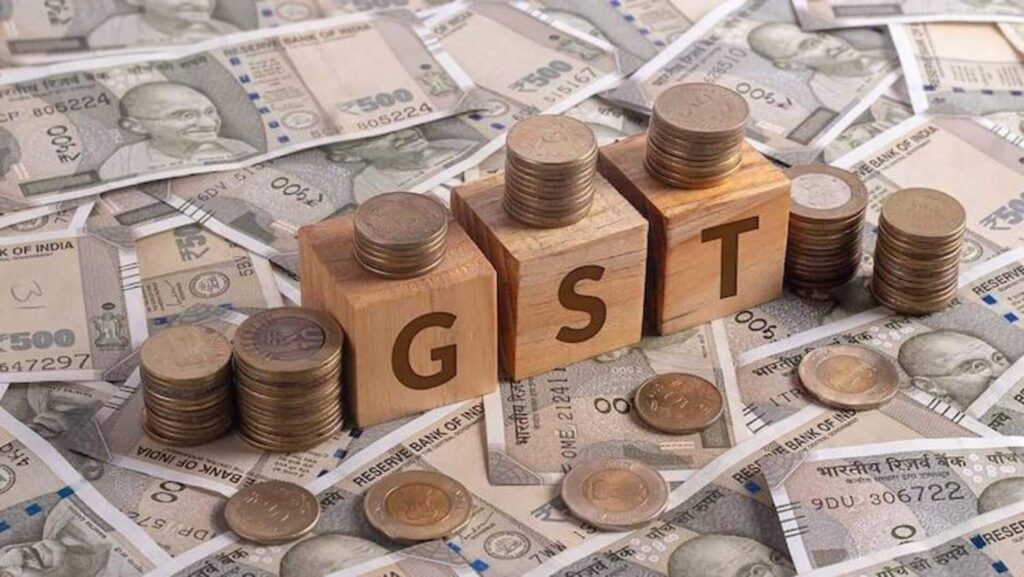**GST Rate Cuts Could Pose Risks to Banking Sector: Report**
*By Akash Pandey | Sep 20, 2025, 04:38 PM*
A recent report by Systematix Research has raised concerns over potential risks to the banking sector stemming from reduced Goods and Services Tax (GST) rates. While the government initially estimated an annual revenue loss of around ₹480 billion due to these tax cuts, the report suggests that the actual figure could be as high as ₹1.2 trillion. This significant shortfall may constrain capital expenditure and dampen demand for infrastructure credit.
**Impact on Infrastructure Spending**
The Systematix Research report highlights that lower GST revenues could restrict the government’s ability to invest in capital projects. A slowdown in public infrastructure spending would directly impact banks by reducing the demand for project financing and infrastructure loans.
“A huge revenue loss could constrain government’s capital expenditure spend, squeezing the credit demand from the infrastructure sector,” the report stated.
**Challenges for Exporters**
The report also points out that Indian exporters are currently facing double tariffs of 25% each, which could hamper their competitiveness in global markets. A sharp decline in exports might negatively affect overall trade flows, with potential downstream effects on banking through decreased credit demand.
**Interest Rate Pressures**
Banks are also grappling with changes in interest rates. Between February and June 2025, the Reserve Bank of India (RBI) cut the repo rate by 100 basis points. Banks must quickly adjust to these rate cuts, which puts pressure on their Net Interest Margins (NIMs).
Although margins are expected to stabilize by the third quarter of fiscal year 2026, further rate reductions could reignite stress within the banking sector.
**Concerns in the MSME Sector**
The Micro, Small, and Medium Enterprises (MSME) segment poses additional risks. While banks have not yet reported significant stress from this sector, cash flow challenges could eventually impair borrowers’ repayment capacity.
“Any rise in stress in the MSME sector could adversely impact the revenue and profitability of the banking sector,” the report warned.
**Transition to Expected Credit Loss (ECL) Framework**
Finally, the report discusses the impending shift to the Expected Credit Loss (ECL) framework for asset classification. Presently, banks follow the RBI’s existing rules but have begun submitting trial accounts based on ECL.
Though the RBI has not announced a definitive timeline for ECL adoption, its implementation is expected to bring initial costs, which may affect banks’ profitability in the short term.
—
In summary, the Systematix Research report underscores multiple challenges facing India’s banking sector, driven by GST rate reductions, export hurdles, interest rate fluctuations, MSME sector vulnerabilities, and the transition to new credit loss accounting standards. These factors combined could weigh on banks’ financial health in the near future.
https://www.newsbytesapp.com/news/business/gst-cuts-to-boost-economy-but-could-hit-banking-sector/story

